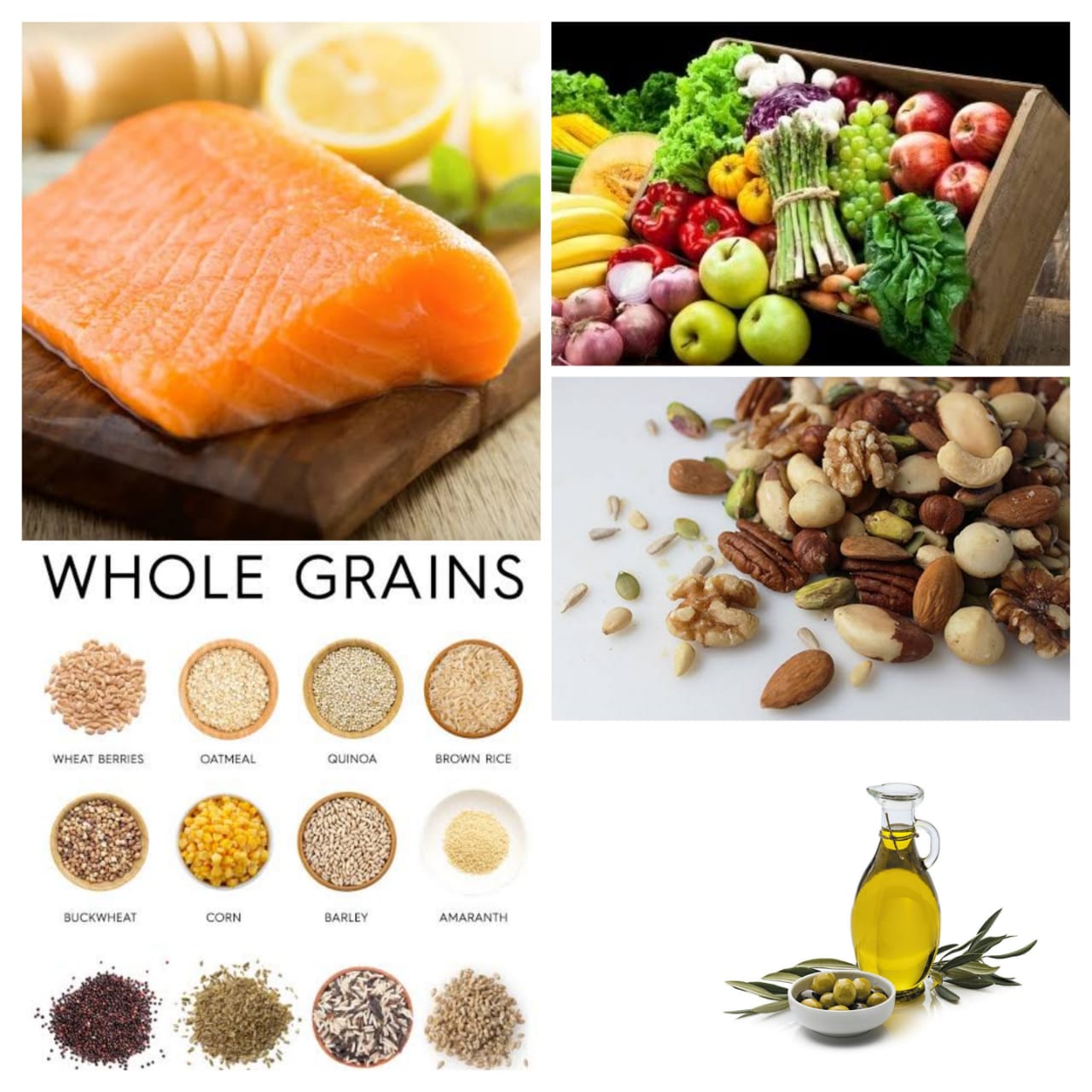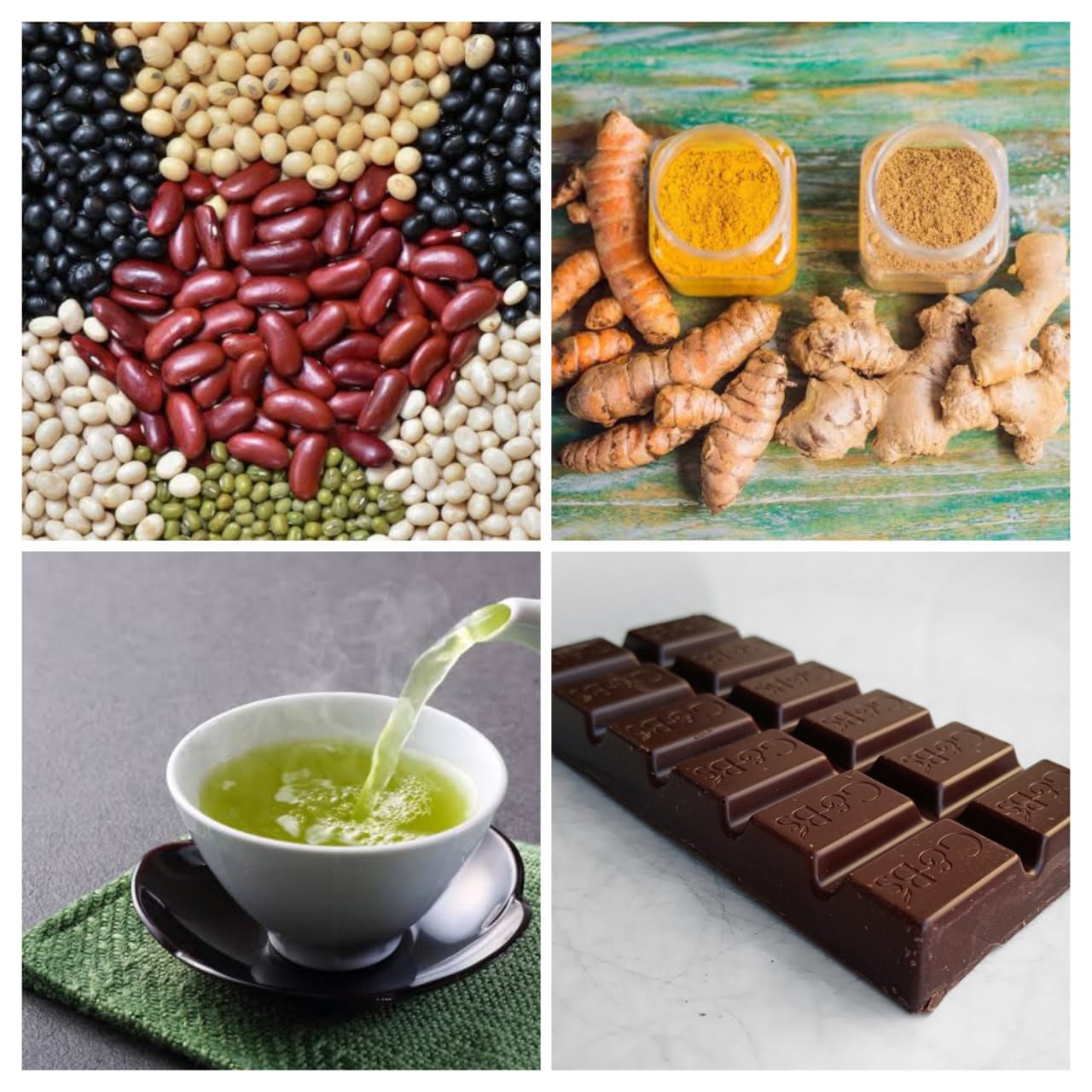Health Desk
Sandeep Dhand Ludhiana
Journalist & Research Analysist
Introduction
Arthritis is a common condition characterized by inflammation in the joints, causing pain, swelling, stiffness, and reduced mobility. It affects millions of people worldwide and can occur at any age. While there are many types of arthritis, the most prevalent forms are osteoarthritis and rheumatoid arthritis. Understanding the causes, symptoms, and dietary strategies for managing arthritis can greatly improve the quality of life for those affected.

What is Arthritis?
Arthritis is not a single disease but a term used to describe a range of conditions that affect the joints. There are over 100 types of arthritis, but the most common include:
- Osteoarthritis (OA): This degenerative joint disease results from wear and tear on the joints, leading to the breakdown of cartilage, which cushions the ends of bones. OA commonly affects older adults and can cause significant pain and stiffness, particularly after periods of inactivity.
- Rheumatoid Arthritis (RA): An autoimmune disorder, RA occurs when the immune system mistakenly attacks the synovium, the lining of the joints. This leads to inflammation, pain, and potential joint damage. RA can also affect other parts of the body and is more prevalent in women.
- Gout: This type of inflammatory arthritis is caused by the buildup of uric acid crystals in the joints, resulting in sudden and severe pain, often in the big toe.
- Psoriatic Arthritis: This form of arthritis affects some people with psoriasis, a skin condition, leading to joint pain and inflammation.
- Juvenile Arthritis: This term refers to arthritis that occurs in children and can manifest in various forms.
Causes and Risk Factors
The causes of arthritis vary by type but often include:
Genetics: Family history can increase the likelihood of developing certain types of arthritis.
Age: The risk of arthritis increases with age, particularly for osteoarthritis.
Gender: Some forms, like rheumatoid arthritis, are more common in women.
Previous Injuries: Joint injuries can lead to arthritis later in life.
Obesity: Excess weight puts additional stress on weight-bearing joints and can increase the risk of developing arthritis.
Symptoms of Arthritis
Common symptoms associated with arthritis include:
Joint pain and tenderness
Swelling and inflammation in the affected area
Stiffness, especially in the morning or after prolonged periods of inactivity
Reduced range of motion in the joints
Fatigue, particularly in autoimmune types like rheumatoid arthritis
Diagnosis
Diagnosing arthritis typically involves a combination of methods:
Medical History: Healthcare providers will review symptoms and any family history of arthritis.
Physical Examination: A doctor will assess joint swelling, tenderness, and range of motion.
Blood Tests: These tests can check for inflammatory markers and specific antibodies.
Imaging Tests: X-rays, MRIs, or ultrasounds may be used to visualize joint damage and changes.
Dietary Recommendations for Managing Arthritis
While there is no cure for arthritis, a healthy diet can help manage symptoms and improve overall joint health. Here are some dietary recommendations:
Foods to Eat
- Fatty Fish:
Examples: Salmon, mackerel, sardines, and tuna.
Benefits: Rich in omega-3 fatty acids, which have anti-inflammatory properties that can help reduce joint pain and stiffness.
- Fruits and Vegetables:
Examples: Berries, cherries, oranges, spinach, kale, broccoli, and sweet potatoes.
Benefits: Packed with antioxidants, vitamins, and minerals that combat inflammation and support overall health.
- Nuts and Seeds:
Examples: Walnuts, almonds, chia seeds, and flaxseeds.
Benefits: Provide healthy fats, protein, and fiber, all of which can contribute to reducing inflammation.
- Whole Grains:
Examples: Brown rice, quinoa, oats, and whole wheat bread.
Benefits: High in fiber, which can help lower inflammation levels in the body.

- Olive Oil:
Benefits: Contains oleocanthal, which has properties similar to nonsteroidal anti-inflammatory drugs (NSAIDs), providing natural pain relief.
- Legumes:
Examples: Lentils, chickpeas, and black beans.
Benefits: Rich in protein, fiber, and antioxidants, which can help fight inflammation.
- Lean Proteins:
Examples: Skinless poultry, tofu, and fish.

Benefits: Provide essential nutrients without excess saturated fat that can exacerbate inflammation.
- Spices:
Examples: Turmeric and ginger.
Benefits: Both are known for their strong anti-inflammatory properties and can be easily incorporated into meals.
- Green Tea:
Benefits: Contains polyphenols, which have anti-inflammatory effects and may help protect against joint damage.
- Dark Chocolate:
Benefits: In moderation, dark chocolate with high cocoa content can reduce inflammation and provide antioxidants.
Foods to Avoid
While including anti-inflammatory foods in the diet, it’s also important to limit or avoid certain foods that can worsen arthritis symptoms:
- Processed Foods: Often high in sugar, unhealthy fats, and preservatives, processed foods can lead to increased inflammation.
- Sugary Beverages: Soft drinks and sweetened beverages can contribute to weight gain and inflammation.
- Refined Carbohydrates: Foods such as white bread and pastries can trigger inflammation and should be minimized.
- Red and Processed Meats: High in saturated fats, these meats can promote inflammation and should be consumed in moderation.
- Excessive Alcohol: Alcohol can exacerbate inflammation and may interact negatively with certain arthritis medications.
- Dairy Products: Some people find that dairy can aggravate their symptoms, so it may be helpful to monitor individual responses.
Treatment Options
Managing arthritis typically involves a combination of medications and lifestyle changes:
- Medications:
Pain Relievers: Over-the-counter pain relievers like acetaminophen or NSAIDs can help reduce pain and inflammation.
Disease-Modifying Antirheumatic Drugs (DMARDs): Used primarily for rheumatoid arthritis to slow disease progression.
Corticosteroids: These can reduce inflammation quickly during flare-ups.
- Physical Therapy: Engaging in regular exercise and physical therapy can help improve joint function and maintain mobility.
- Weight Management: Maintaining a healthy weight reduces stress on joints, particularly weight-bearing ones.
- Surgery: In severe cases, surgical interventions such as joint replacement may be necessary to alleviate pain and restore function.
Conclusion
Arthritis can significantly impact daily life, but with a comprehensive understanding of the condition and dietary strategies, individuals can manage their symptoms effectively. Incorporating anti-inflammatory foods and avoiding those that trigger inflammation can help support joint health and improve overall well-being. It is essential to work closely with healthcare professionals to develop a personalized treatment plan that addresses individual needs and preferences. By making informed dietary choices and adopting a healthy lifestyle, individuals with arthritis can lead active and fulfilling lives.
